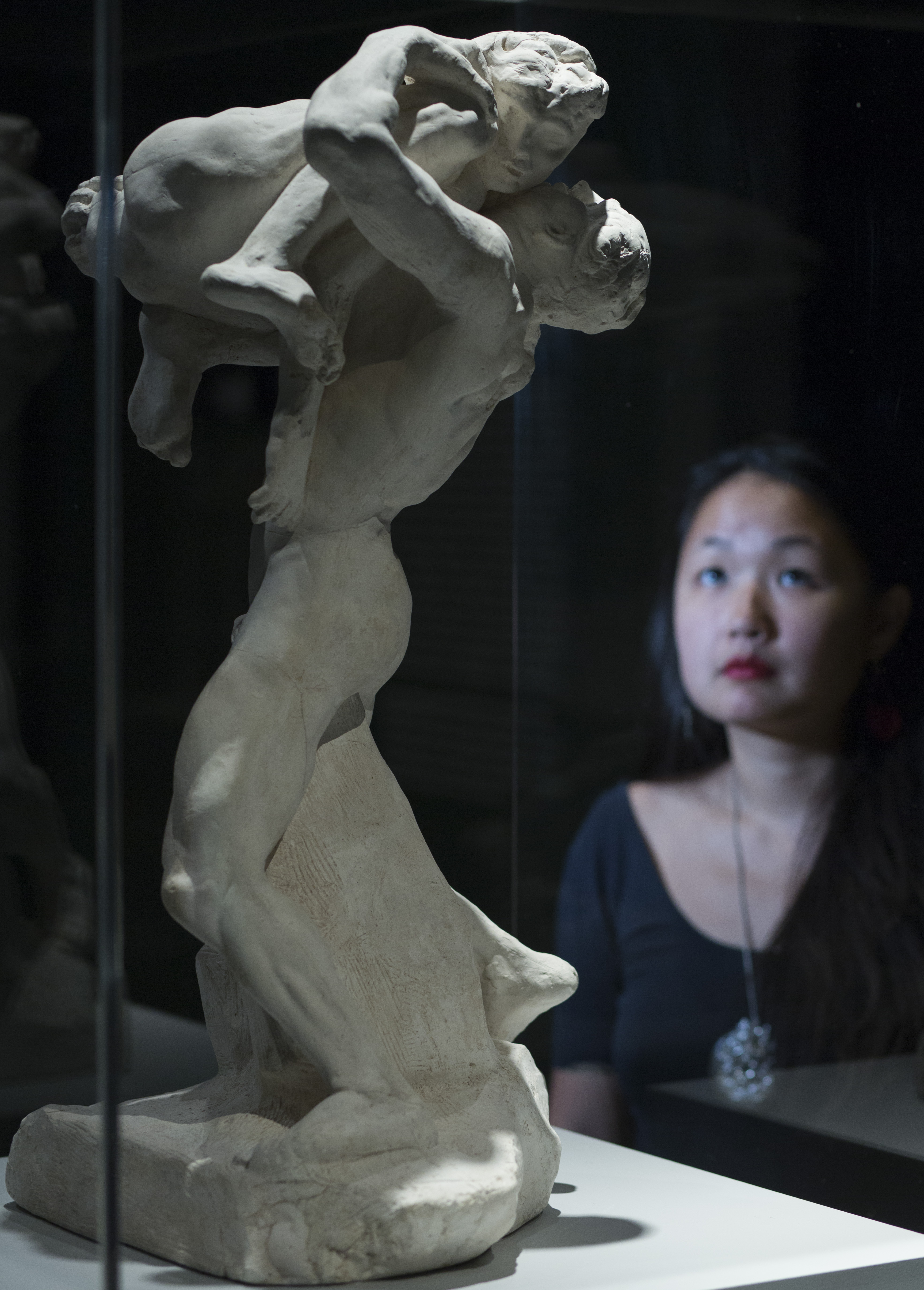« Features
Kettle’s Whistle. Modern Couples
Personal relationships-even when at the mercy of exhaustive public scrutiny or documented by copious correspondence-remain intricate, intangible affairs. It is difficult to establish when and how they effectively start, finish (if they really do) and shape the people involved. They form a constantly mutating world made of mysteries, nuances and innuendos, secret codes and in-jokes, affinities and differences. Even with the benefit of temporal distance, their full meaning can be barely comprehensible by the very protagonists, let alone outsiders, no matter how well informed. It sounds obvious but evidently, it is not obvious enough for some people, and that includes the curators of “Modern Couples: Art, Intimacy and the Avant-garde,” an exhibition jointly organized by the Centre Pompidou-Metz and the Barbican Art Gallery in London, where it is currently on view.
Contrary to what the title aims to suggest, “Modern Couples” is not an exploration of creative relationships during the age of modernism. Rather, as the title indeed does suggest, it is the Us Weekly equivalent of an exhibition. Camouflaged behind an excessively austere installation–perhaps to counterbalance the frivolity with which the subject has been approached–the show tells the story of how casual encounters, clandestine and official couples, and even the occasional threesome influenced the participants to the extent of leaving a permanent mark in their life and work. In principle, it could be an interesting idea if reeled in the right way. The problem is that the very little art in the show does nothing to support this theory. What’s on display instead are wall texts of inordinate length and proportion, morbidly offering a summary of the lives and peccadillos of the people in question next to sets of ephemera and memorabilia that might mitigate the audience’s voyeurism but, bar for a few notable exceptions, fail to provide any convincing evidence of mutual affection or ascendancy. One of the centerpieces in the show is a large comparative chart outlining the exact duration of each relationship, if you can believe that.

Modern Couples: Art, Intimacy and the Avant-garde Installation view featuring Auguste Rodin, Je suis belle, 1882 Barbican Art Gallery 10 October 2018 – 27 January 2019 © John Phillips / Getty Images
This is not a criticism of the choice to put on an exhibition based on documents and biographical details rather than actual art. About a year ago, the Barbican deployed a similar strategy for “Basquiat: Boom for Real,” but whereas on that occasion such a course of action had a logic (it is objectively challenging to come up with a fresh perspective on an artist whose mere decade of practice has been the subject of 30 years of non-stop retrospectives), here it looks more like a patch designed to cover the conceptual and logistic inability to deal with the complexity of a theme.
The notion of “couples,” by some of the texts’ own admission, is also stretched, if plainly controversial. There is no proof that Salvador Dalí and Federico Garcia Lorca or even Virginia Woolf and Vita Sackville-West were ever a couple, unless their presence is intended as a way to restore some gay quota necessary to ensure the exhibition’s broader appeal and sense of fair play. The suspicion that “Modern Couples” is a clumsy attempt to stay in tune with the current cultural climate is also fomented by the undercurrent thesis it submits, which says that behind the most accomplished men from that age there was a woman. This indisputably true reality is illustrated by the precautionary decision of listing all female artists before their male counterpart on the board, but it doesn’t go any further than that. Dora Maar, to give an example, is portrayed in a way that doesn’t celebrate her work at all; it continues instead to perpetuate the usual narrative of the tragic figure completely subjugated by the talent and ego of Pablo Picasso. In the same vein, the intellectual bond between Tina Modotti and Frida Kahlo is entirely overlooked, with both women presented as revolving characters around the exuberant personality of Diego Rivera.
The sad fact is that modernism, on its best day, wasn’t the most welcoming environment for women’s creativity. Those interested in an honest revaluation of some of the unsung heroines from that time, as opposed to contemporary revisionism concealed as scooping, are advised to cross the river Thames and go to see Anni Albers’ exhibition at Tate Modern. Inexplicably and thankfully spared from “Modern Couples,” Albers was one of the few female students at Bauhaus in the early 1920s. After being barred from attending certain classes (an indelible stain on the school’s reputation as a beacon for radicalism and progress), she enrolled in a weaving class, creating an amazing body of work that shines through the gallery and stands out as massively influential on many creative disciplines to these days.
Michele Robecchi is a writer and curator based in London. A former managing editor of Flash Art (2001-2004) and senior editor at Contemporary Magazine (2005-2007), he is currently a visiting lecturer at Christie’s Education and an editor at Phaidon Press, where he has edited monographs about Marina Abramović, Francis Alÿs, Jorge Pardo, Stephen Shore and Ai Weiwei.




































Leave a Reply
You must be logged in to post a comment.